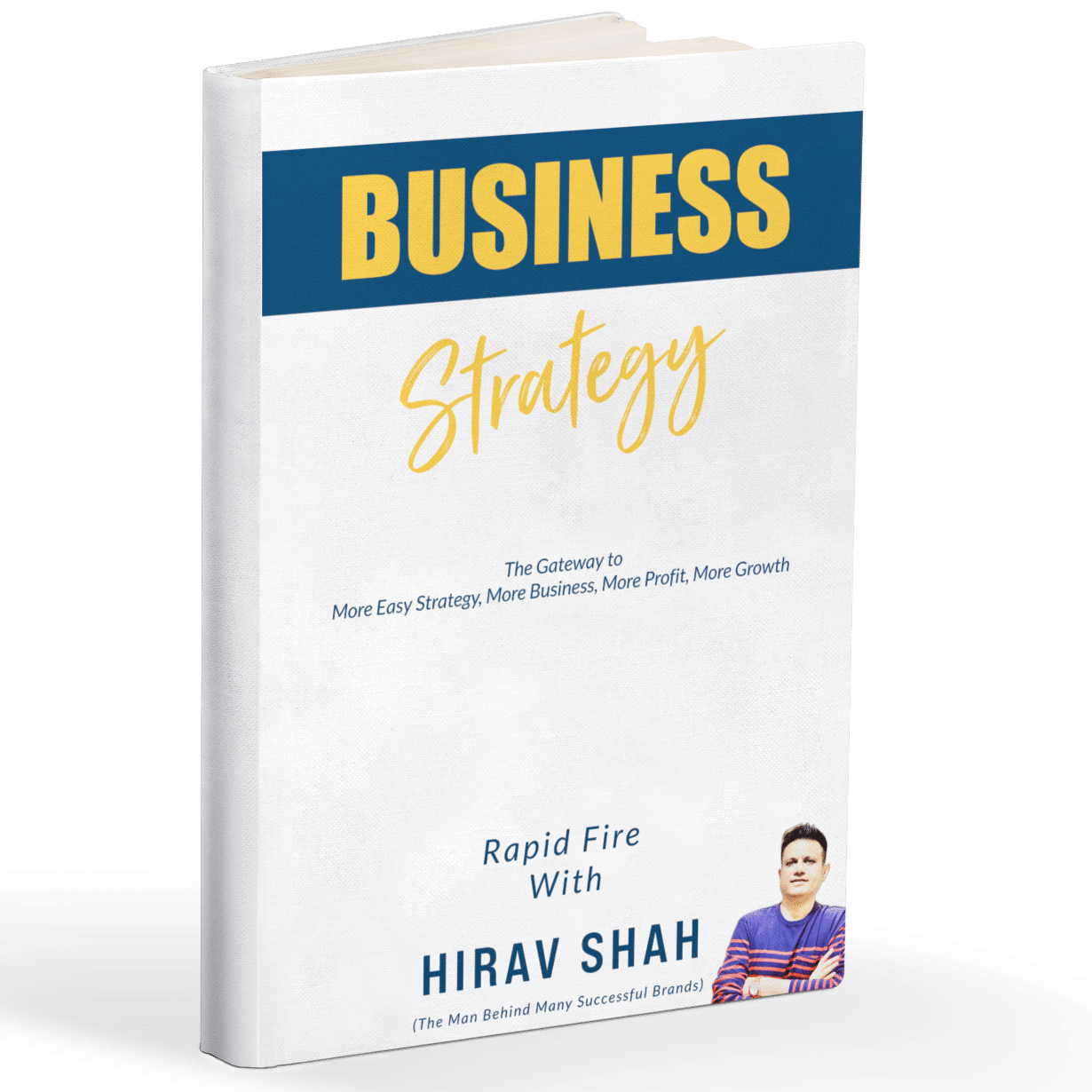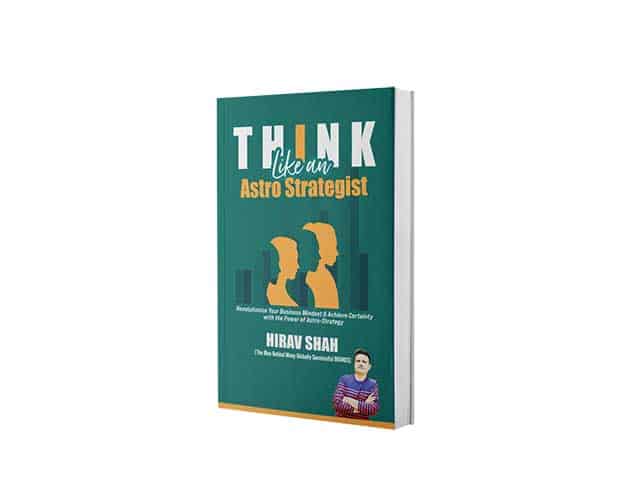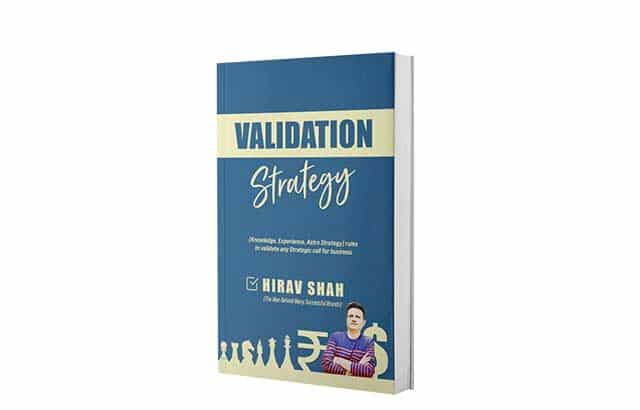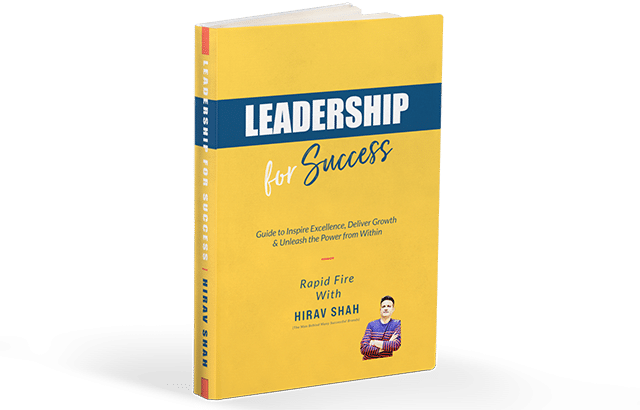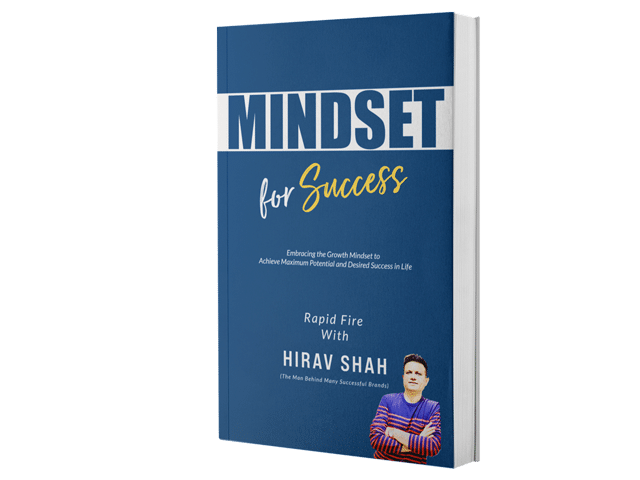Imagine you’re about to launch a business. You have an incredible idea, a great team, and the drive to succeed. But what if you’re in tech? Your roadmap must prioritize innovation and scalability. What if you’re in retail? Then customer experience and supply chain efficiency become paramount. If you’re in healthcare, then compliance and trust define your approach.
The truth is, business strategies are not one-size-fits-all. Every industry has unique challenges and success formulas. Understanding how strategies differ across industries helps businesses avoid costly mistakes, optimize decision-making, and ensure sustainable growth.
In this guide, we’ll explore how business strategies vary across Tech, Retail, Healthcare, Finance, and Manufacturing, followed by key strategic insights that apply across industries.
Table of Contents
Industry-Specific Business Strategies

1️⃣ Tech Industry: The Power of Innovation & Scalability
Imagine this: You build a revolutionary app. It’s gaining users, but suddenly, a competitor releases a better version. You’re left behind. This is the tech industry—fast, ruthless, and ever-changing.
📌 Core Strategy:
- Tech companies must prioritize constant innovation to stay relevant.
- Scalability is everything. The ability to expand globally with minimal costs is key.
- Speed matters. Agile development cycles and rapid go-to-market strategies win in tech.
🔹 Example: Netflix started as a DVD rental service but quickly adapted to digital streaming, outpacing Blockbuster.
Hirav Shah’s Advice: “Tech companies succeed when they disrupt, innovate, and scale fast. Staying ahead of the curve is the key to survival.”
2️⃣ Retail Industry: Customer Experience & Brand Loyalty
Picture this: A customer walks into your store, picks up a product, and checks their phone to see if it’s cheaper online. If it is, they leave. The retail battlefield is customer loyalty.
📌 Core Strategy:
- Customer experience is the new currency. Seamless omnichannel experiences—online and offline—drive sales.
- Brand loyalty ensures survival. Retailers must build emotional connections through personalized marketing.
- Data rules. AI-powered recommendations, pricing algorithms, and smart inventory management create an edge.
🔹 Example: Amazon’s success isn’t just about pricing; it’s personalized shopping, fast delivery, and seamless transactions.
Hirav Shah’s Advice: “Retail isn’t just about selling—it’s about creating an experience that makes customers come back.”
3️⃣ Healthcare Industry: Compliance & Patient-Centric Approach
Think about this: A hospital releases a breakthrough medical treatment, but due to regulatory hurdles, it takes years before it reaches patients. Unlike tech or retail, speed isn’t always an advantage in healthcare—trust and compliance are.
📌 Core Strategy:
- Regulatory compliance is non-negotiable. Safety standards dictate operations.
- Patient trust defines success. Businesses must prioritize ethical considerations.
- Innovation is crucial but must be evidence-backed. Digital healthcare, AI diagnostics, and telemedicine are growing trends.
🔹 Example: Mayo Clinic remains a global leader by investing in research, patient care, and medical education.
Hirav Shah’s Advice: “In healthcare, trust and safety matter more than speed. A long-term strategy focused on patient well-being is the key to success.”
4️⃣ Finance Industry: Risk Management & Long-Term Growth
Imagine a financial institution that aggressively expands without risk assessment. When the economy shifts, it collapses. The finance industry isn’t about chasing trends—it’s about stability and trust.
📌 Core Strategy:
- Regulatory adherence is vital. Businesses must comply with financial laws and governance.
- Risk assessment prevents crises. Strategic investments must balance risk and return.
- Fintech disruption is changing the game. Digital payments, AI trading, and blockchain are reshaping finance.
🔹 Example: JPMorgan Chase stays ahead by combining traditional finance with fintech innovation.
Hirav Shah’s Advice: “Finance is built on trust and stability. A strong risk-management strategy ensures long-term success.”
5️⃣ Manufacturing Industry: Efficiency & Supply Chain Optimization
Picture this: A factory producing goods at record speed, but supply chain disruptions cause delays, increased costs, and inventory pile-ups. Manufacturing is a game of precision.
📌 Core Strategy:
- Lean manufacturing reduces waste. Toyota’s Just-In-Time model is a gold standard.
- Automation drives efficiency. AI, robotics, and IoT optimize production.
- Sustainability is the future. Green manufacturing practices are rising.
🔹 Example: Tesla integrates automation, vertical supply chains, and sustainable production.
Hirav Shah’s Advice: “Manufacturing success depends on precision, efficiency, and cost control. The companies that optimize their processes lead the industry.”
**6️⃣ Industry-Specific Challenges & How to Overcome Them
Imagine this: You wake up one morning, ready to tackle another day in your business, only to discover a regulatory shift overnight that impacts your industry. Suddenly, your operations are at risk, profits are threatened, and the strategy that worked yesterday no longer applies today. What do you do next?
📌 Real-World Challenges Across Industries:
- Tech: Imagine launching a new AI-powered product, only for new data protection laws to limit its functionality. How do you pivot without losing your market edge?
- Retail: A clothing retailer invests heavily in brick-and-mortar stores, only to see foot traffic drop as customers shift to online shopping. How do they adapt?
- Healthcare: A pharmaceutical company spends billions on R&D, only for regulatory hurdles to delay drug approvals for years. How can they remain financially sustainable?
- Finance: A bank experiences a cyberattack that compromises customer data. What immediate and long-term strategy should they adopt?
- Manufacturing: A factory relies on raw materials from overseas, but sudden geopolitical instability disrupts supply chains. How can they minimize risks and find alternative sources?
📌 How to Overcome These Challenges:
✅ Develop Contingency Plans: Smart businesses don’t wait for crises—they prepare for them. Scenario planning and risk assessment should be a core part of your business model.
✅ Invest in Innovation & Technology: Many disruptions come from technological advancements or regulatory changes. Companies that embrace change rather than resist it thrive in uncertain times.
✅ Monitor Market Trends & Adapt Quickly: Businesses that stay ahead of the curve identify shifts before they happen. This means leveraging data analytics, predictive modeling, and staying informed about industry trends.
📌 Example: During the pandemic, many businesses struggled, but companies like Nike quickly adapted by ramping up their e-commerce strategies and leveraging AI for personalized customer engagement. As a result, while other retailers faltered, Nike’s digital sales skyrocketed, proving that adaptability leads to survival.
Hirav Shah’s Advice: “The best businesses don’t react to change—they anticipate and prepare for it. If you’re always responding, you’re already behind.”
7️⃣ Emerging Trends Shaping Industry-Specific Business Strategies
Imagine if you had a crystal ball that could tell you exactly where your industry is headed. What if you could position your business ahead of the curve, rather than playing catch-up? The reality is, those who anticipate trends don’t just survive—they dominate.
🚀 Why Trends Matter: Every major industry shift—whether it was the rise of e-commerce, the fintech revolution, or AI-driven healthcare—was once just a whisper in the marketplace. Companies that ignored these shifts struggled, while those who embraced them became industry leaders.
📌 Emerging Trends to Watch:
- Tech: AI-powered automation, blockchain security, and quantum computing breakthroughs are shaping the next digital revolution.
- Retail: Hyper-personalization is driving customer loyalty, while same-day delivery logistics are redefining convenience.
- Healthcare: AI diagnostics, telehealth, and robotic surgeries are transforming patient care like never before.
- Finance: Decentralized finance (DeFi), cryptocurrency, and AI-driven investment strategies are reshaping banking and investing.
- Manufacturing: 3D printing, sustainable materials, and smart factories powered by IoT are optimizing production and efficiency.
📌 How Businesses Can Stay Ahead:
✅ Invest in R&D: Businesses that allocate resources to research and innovation position themselves as leaders rather than followers.
✅ Leverage Data Analytics: The more insights you have about consumer behavior and industry shifts, the better you can predict and act before the competition.
✅ Build Adaptable Business Models: Companies with rigid structures struggle to pivot. Flexibility in strategy and operations is key to capitalizing on emerging trends.
✅ Partner with Trendsetters: Whether through collaborations, acquisitions, or industry alliances, aligning with innovators can accelerate your business into the future.
📌 Example: Netflix saw the decline of DVDs long before its competitors did. By investing early in streaming, they secured a global market presence while Blockbuster faded into history.
Hirav Shah’s Advice: “Staying ahead of trends isn’t optional—it’s essential for survival. The best businesses don’t wait for change; they create it.”
8️⃣ Case Studies of Industry Leaders

Nothing teaches strategy better than studying the giants that have mastered their industries. Let’s take a deep dive into five of the world’s most successful companies and uncover the strategic moves that helped them dominate.
📌 Real-World Success Stories:
🔹 Apple: Innovation-Driven Dominance in Tech Imagine a world where Apple never pushed beyond computers. Would it still be the giant it is today? Likely not. Apple’s strategy has always revolved around seamless user experience, ecosystem integration, and innovation. By consistently pushing boundaries—from the iPod to the iPhone, iPad, and Apple Watch—Apple keeps redefining consumer technology.
📌 Key Strategy Takeaways: ✅ Continuous innovation to stay ahead of competitors. ✅ Creating an ecosystem (iOS, Mac, iCloud) that locks users in. ✅ Premium branding that justifies high price points.
💡 Lesson for Entrepreneurs: Stay ahead by thinking long-term and focusing on product evolution, not just single hits.
Hirav Shah’s Advice: “Innovation isn’t about adding features; it’s about redefining experiences.”
🔹 Zara: Rapid Inventory Turnaround in Retail Have you ever noticed how fast Zara brings in new fashion trends? That’s no accident. Zara’s strategy relies on fast fashion, where new designs move from concept to shelves in just a few weeks—a process that takes traditional retailers months.
📌 Key Strategy Takeaways: ✅ Vertical integration—owning supply chains to control production speed. ✅ Limited stock to create demand and urgency among buyers. ✅ Data-driven decision-making—Zara tracks trends in real-time to design what people want.
💡 Lesson for Entrepreneurs: Speed and adaptability in business create a competitive advantage—those who execute faster win the game.
Hirav Shah’s Advice: “The best businesses don’t just follow trends; they set them in motion.”
🔹 Pfizer: Pioneering R&D in Healthcare Imagine launching a vaccine in record time while ensuring safety and effectiveness. This is exactly what Pfizer did with its COVID-19 vaccine, proving that innovation and speed can co-exist in the healthcare industry.
📌 Key Strategy Takeaways: ✅ Massive investment in R&D to stay ahead in drug discovery. ✅ Strategic partnerships (e.g., BioNTech) to accelerate breakthroughs. ✅ Global distribution and compliance expertise to scale solutions worldwide.
💡 Lesson for Entrepreneurs: Investing in research and partnerships can fast-track industry breakthroughs.
Hirav Shah’s Advice: “In healthcare, trust is built through evidence, not promises.”
🔹 PayPal: Revolutionizing Digital Finance Before PayPal, sending money online was clunky and unsecure. Today, digital payments dominate the world, largely due to PayPal’s early bet on fintech and seamless transactions.
📌 Key Strategy Takeaways: ✅ Leveraging technology to simplify user experiences. ✅ Early adoption of e-commerce trends and partnerships (eBay, Amazon, etc.). ✅ Expanding offerings—now PayPal includes cryptocurrency transactions and credit options.
💡 Lesson for Entrepreneurs: Digital transformation is key—businesses that simplify and enhance convenience win in today’s economy.
Hirav Shah’s Advice: “People don’t adopt technology; they adopt ease. Make life easier, and customers will follow.”
🔹 Toyota: Mastering Efficiency in Manufacturing Toyota’s lean manufacturing system has reshaped the way companies build products. The Toyota Production System (TPS) emphasizes efficiency, waste reduction, and continuous improvement, setting a gold standard in manufacturing.
📌 Key Strategy Takeaways: ✅ Just-In-Time (JIT) manufacturing to minimize waste and optimize inventory. ✅ Kaizen—continuous small improvements leading to big impacts. ✅ Standardized processes for scalable, quality-driven production.
💡 Lesson for Entrepreneurs: Efficiency isn’t just about cutting costs—it’s about maximizing value with minimal waste.
Hirav Shah’s Advice: “Every step in business should add value; anything else is just noise.”
🚀 Final Takeaway: Each of these companies succeeded because they aligned their strategies with their industry demands—whether through innovation, speed, efficiency, or user experience.
If you want to build a business that lasts, study the best and adapt their strategies to your own industry.
Hirav Shah’s Advice: “Success leaves clues. Learn from the greats, apply the lessons, and create your own path to industry dominance.”*
9️⃣ How to Adapt Business Strategies When Expanding into New Industries

Imagine a company at its peak, looking for its next big move. Expansion seems like the obvious choice, but history is full of failed industry pivots. Some succeed, others fail. Why?
📌 Successful Expansion Strategies:
- Amazon: Once just an e-commerce giant, Amazon successfully expanded into cloud computing (AWS), revolutionizing an entirely new industry.
- Tesla: Known for electric cars, Tesla leveraged its expertise to branch into solar energy and battery technology, aligning with its sustainability mission.
- Google: Originally a search engine, Google expanded into AI, cloud services, and autonomous tech, staying ahead of the digital revolution.
✅ Key Takeaway: Expansion requires adapting your business strategy to new industry dynamics. Companies must understand new market demands, leverage existing strengths, and innovate while respecting the nuances of the industry.
Hirav Shah’s Advice: “Expanding into a new industry isn’t about changing who you are—it’s about evolving your strengths to fit new opportunities.”
🔟 Common Business Strategy Mistakes & How to Avoid Them

Every business wants to succeed, yet many make the same mistakes. Some errors can be corrected, while others lead to complete failure. Let’s explore the most common strategy pitfalls and how to avoid them.
📌 Mistakes Across Industries:
- Tech: Ignoring cybersecurity risks, leading to massive data breaches.
- Retail: Failing to embrace e-commerce, causing traditional stores to collapse.
- Healthcare: Neglecting compliance updates, resulting in lawsuits and fines.
- Finance: Poor risk diversification, leading to financial crises.
- Manufacturing: Resistance to automation, causing inefficiencies and high costs.
📌 How to Avoid These Pitfalls:
✅ Stay Agile: Business environments change rapidly. Adaptability ensures survival.
✅ Invest in Digital Transformation: Whether in finance or retail, technology integration is no longer optional.
✅ Prioritize Customer Needs: Businesses that listen to their audience and adjust accordingly thrive.
✅ Monitor Competitors and Market Trends: Learning from industry shifts helps in strategic positioning.
💡 Example: Blockbuster failed to adapt to digital streaming, whereas Netflix continuously evolved, making it the industry leader.
Hirav Shah’s Advice: “Success isn’t about avoiding mistakes—it’s about learning from them faster than your competition.”
11 Astro Strategy: The New Era of Business Decision-Making

Imagine making high-stakes business decisions with absolute confidence, knowing that your timing, execution, and vision align with success. What if you could predict the best moments to launch, scale, or pivot your business? This is where Astro Strategy comes in—a revolutionary approach that blends traditional business strategy with market cycles, energy alignment, and predictive insights to maximize business potential.
📌 Why Astro Strategy Matters in Business:
- Timing is everything. Even the best strategies fail if executed at the wrong time. Astro Strategy helps businesses identify the right moment to act.
- Market cycles impact success. Many businesses struggle because they ignore macroeconomic trends and industry-specific fluctuations.
- Data + Intuition = Success. Astro Strategy combines data-driven analysis with strategic intuition, giving business leaders an edge over their competitors.
📌 How Astro Strategy Works Across Industries:
✅ Tech: Helps businesses determine the right time to launch innovative products, scale operations, or enter new markets.
✅ Retail: Aligns branding, marketing, and consumer behavior trends with the best periods for expansion or restructuring.
✅ Healthcare: Ensures R&D investments, mergers, or regulatory approvals align with the best strategic windows.
✅ Finance: Assists investors in recognizing market trends, risk cycles, and optimal decision-making for long-term growth.
✅ Manufacturing: Guides supply chain strategies, automation implementation, and sustainability transitions.
📌 Real-World Example:
Many leading businesses unknowingly align their biggest launches and strategic shifts with Astro Strategy principles—whether it’s the best economic phase, stock market trends, or industry energy cycles. Companies like Apple, Tesla, and Amazon have demonstrated strategic timing that aligns with market demand and industry cycles, helping them dominate their sectors.
💡 Lesson for Entrepreneurs: Astro Strategy doesn’t replace business fundamentals—it enhances them, allowing business owners to make validated, high-impact decisions that lead to exponential growth.
Hirav Shah’s Advice: “In business, success isn’t just about what you do—it’s also about when you do it. Astro Strategy ensures that your biggest decisions align with success.”
Conclusion
The right business strategy is the difference between a thriving enterprise and one that struggles to stay relevant. Each industry demands a unique approach, yet successful businesses share common traits: they adapt, they innovate, and they execute effectively. Whether it’s disrupting the tech space, redefining customer experience in retail, ensuring compliance in healthcare, managing risks in finance, or optimizing efficiency in manufacturing, the core principle remains—businesses that stay ahead of the curve succeed.
💡 Final Thought: “A great strategy isn’t just about having a vision—it’s about executing that vision with precision, adaptability, and a deep understanding of industry dynamics.”
FAQs: Understanding Business Strategy Across Industries
🔹 Why does business strategy differ across industries?
Every industry has unique challenges, customer expectations, and market conditions. A strategy that works in tech might not be suitable for finance or healthcare.
🔹 Can a company use multiple strategies across different industries?
Yes! Many businesses expand into new sectors and adapt their strategies. For example, Amazon transitioned from retail to cloud computing with AWS.
🔹 What is the most important factor in a business strategy?
It depends on the industry! In tech, it’s innovation; in finance, it’s risk management; in retail, it’s customer experience.
🔹 How can businesses prepare for industry shifts?
By continuously analyzing trends, leveraging technology, and remaining adaptable, companies can anticipate changes before they disrupt the market.
🔹 Can small businesses implement these strategies?
Absolutely! Strategy isn’t about company size—it’s about focus, execution, and understanding market needs.
🚀 Hirav Shah’s Final Advice: “The key to lasting business success is not just reacting to trends but anticipating them and taking decisive action before anyone else.”



